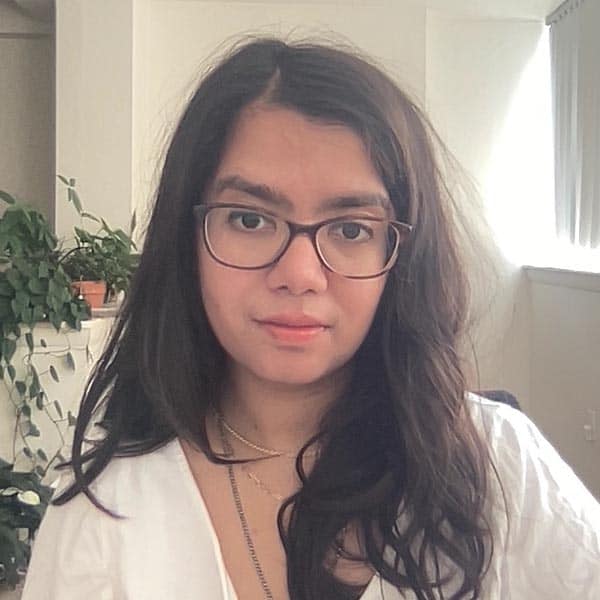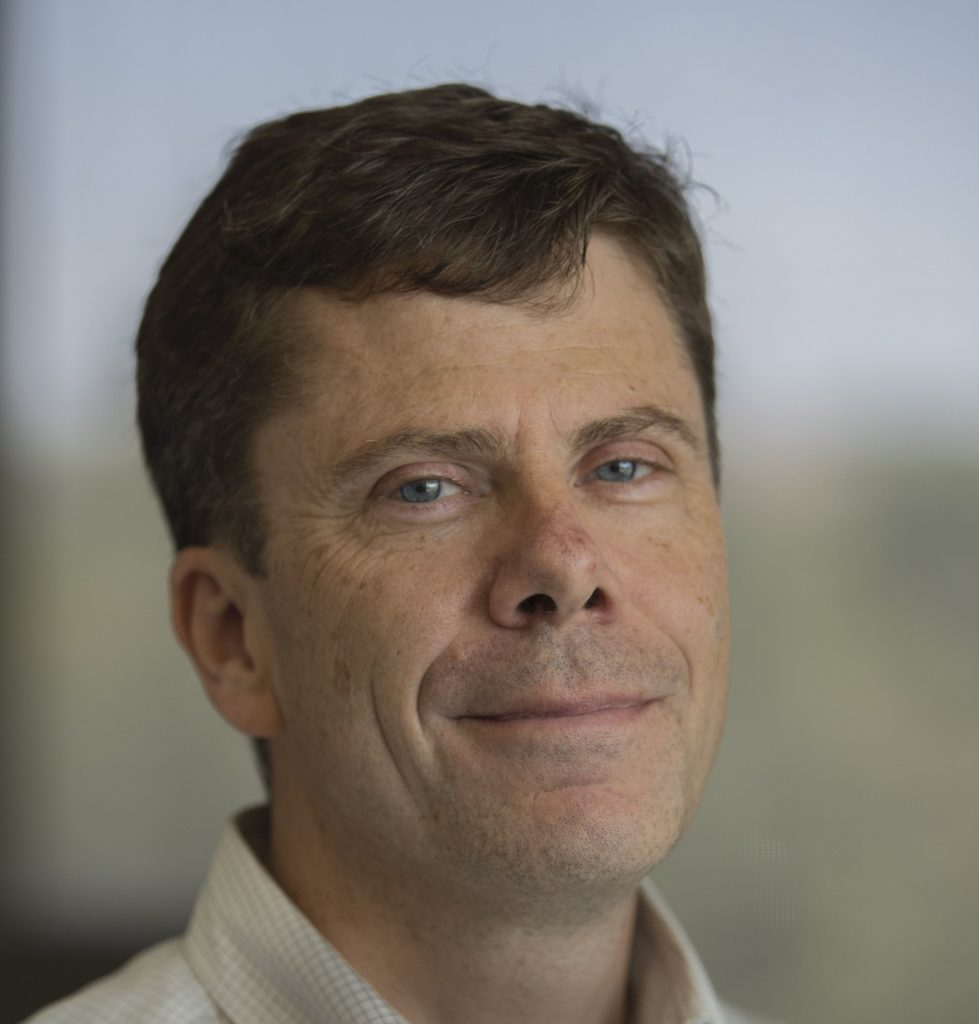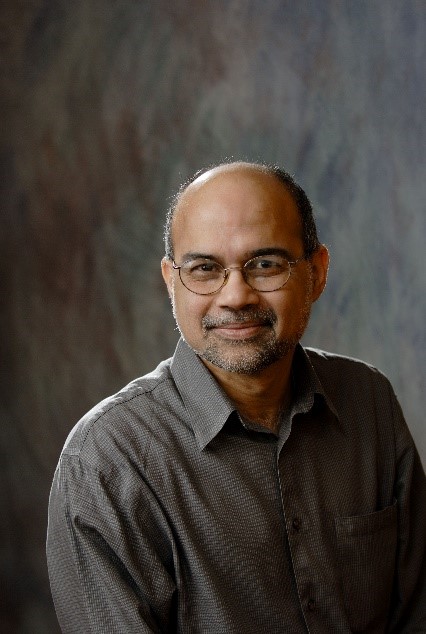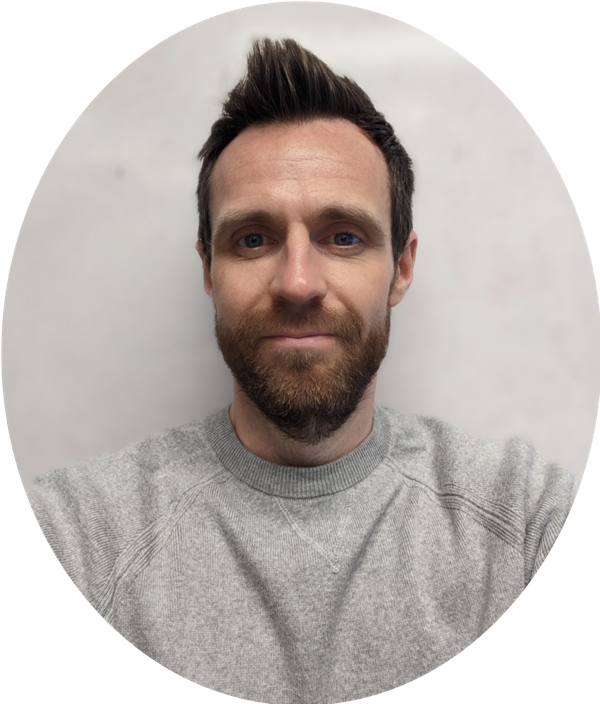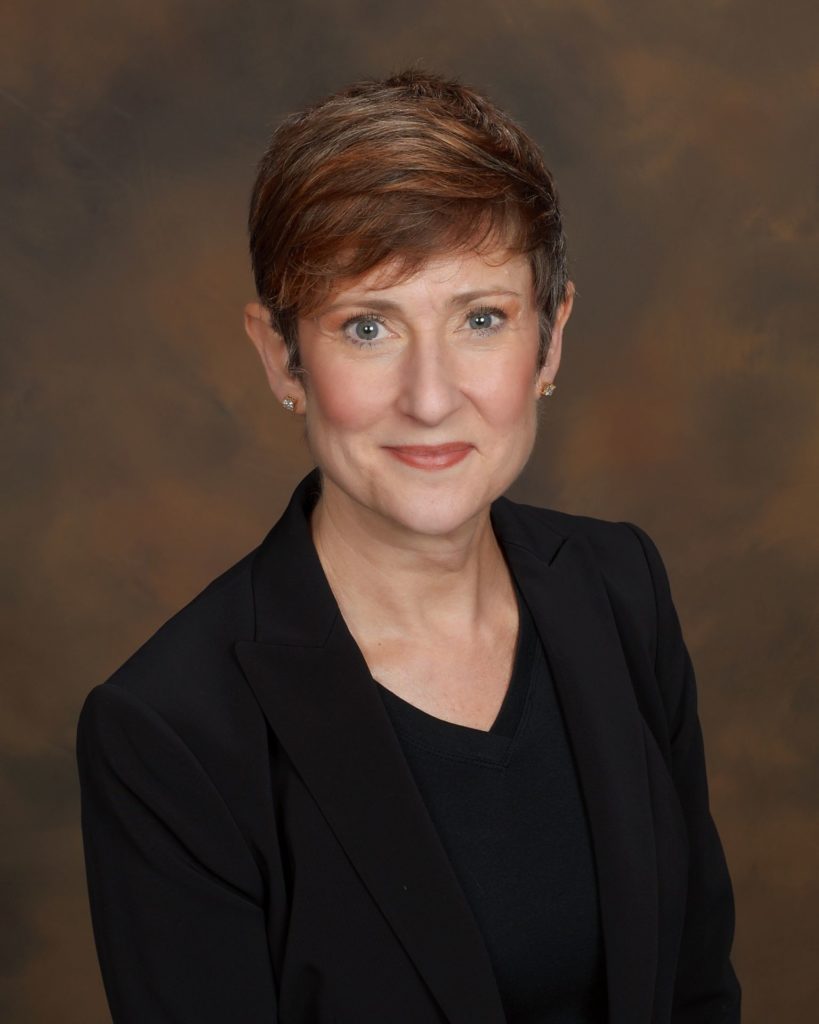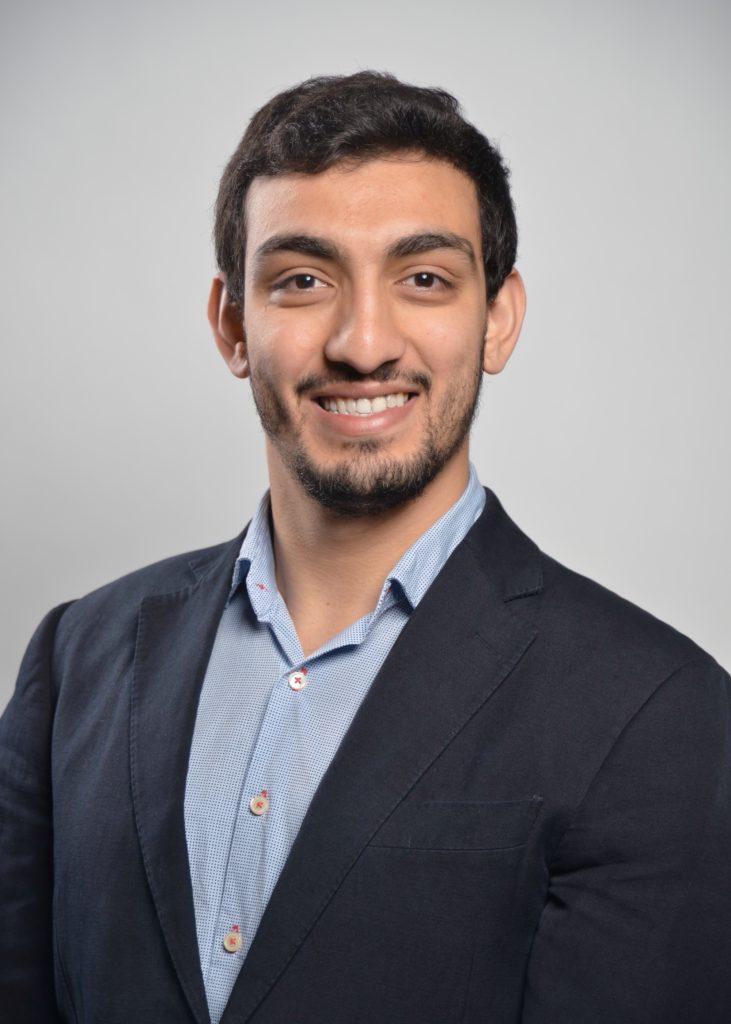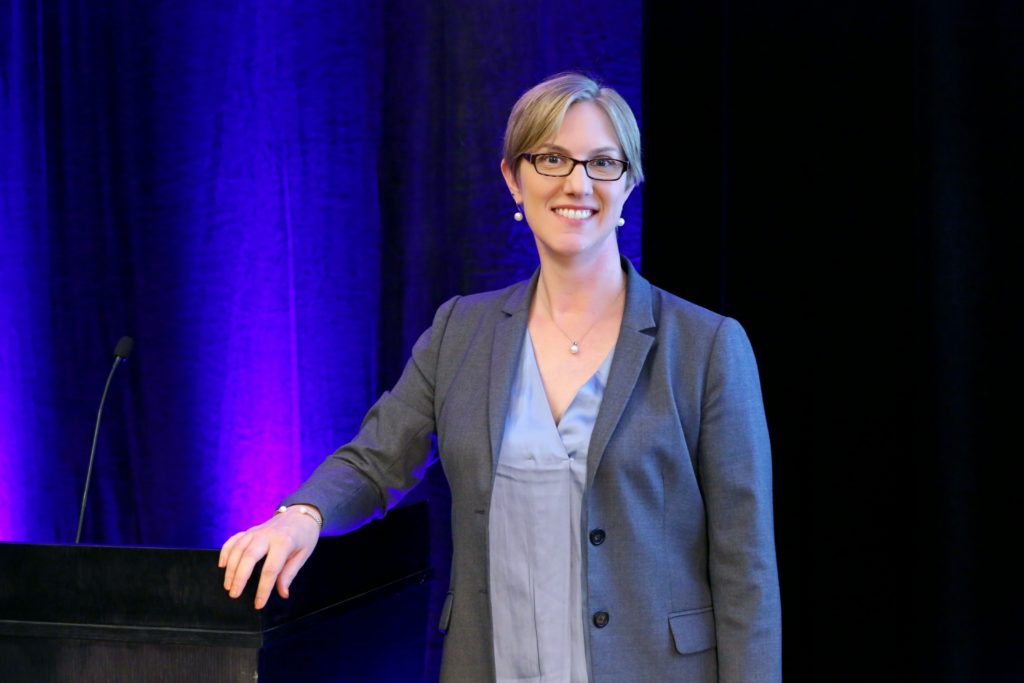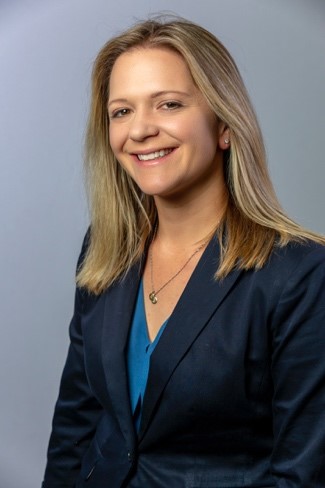Spring 2022 Colloquium
What can nuclear engineering learn from design research? Integrating theory and evidence from contemporary nuclear reactor design into policy design
SPEAKER: Aditi Verma ASSISTANT RESEARCH SCIENTIST, ASSISTANT PROFESSOR (FALL 2022) DATE/TIME: FRI, 04/29/2022 – 3:00PM TO 4:00PM LOCATION: 3105 Etcheverry Hall Abstract While nuclear reactor design is recognized as an essential skill and intellectual output of academic nuclear engineering, little attention has been paid within the discipline to the structure of the reactor design process…
Read MoreImaging at the Speed of Light – Reconstruction-Free Radionuclide Imaging
SPEAKER: Simon R. Cherry Professor, Department of Biomedical Engineering and Department of Radiology DATE/TIME: FRI, 04/22/2022 – 3:00PM TO 4:00PM LOCATION: 3105 Etcheverry Hall Positron emission tomography (PET) is a widely used medical imaging technique, and like many other tomographic imaging modalities, relies on an image reconstruction step to produce cross-sectional images. Detection and localization…
Read MoreExact Difference Schemes and Recent Advances in Coarse Mesh Methods for Thermal Hydraulics
SPEAKER: Rizwan-uddin Department of Nuclear, Plasma, and Radiological Engineering University of Illinois at Urbana-Champaign DATE/TIME: FRI, 03/18/2022 – 3:00PM TO 4:00PM LOCATION: Zoom Spring 2022 Colloquium Series Abstract: Roots of coarse mesh, or advanced, nodal methods [1] can be traced to “exact finite difference schemes.” After a brief overview of exact finite difference schemes, a…
Read MoreNetworked Radiation Detection in Urban Environments
SPEAKER: Dr. Ren Cooper Staff Applied Physicist Lawrence Berkeley National Laboratory DATE/TIME: Fri, 03/04/2022 – 3:00PM TO 4:00PM LOCATION: 3105 ETCHEVERRY HALL Spring 2022 Colloquium Series Abstract: The ability to detect, identify, and localize illicit radiological/nuclear sources in urban environments is a key component of nuclear security and nuclear non-proliferation efforts across the world. Recent…
Read MoreIs Nuclear Clean?
SPEAKER: Mary Lou Dunzik-Gougar Ph.D. – Associate Professor, Associate Dean, Reactor Administrator, and American Nuclear Society President DATE/TIME: FRI, 02/25/2022 – 3:00PM TO 4:00PM LOCATION: zoom Spring 2022 Colloquium Series Abstract: About the Speaker: Dunzik-Gougar has a B.S. in chemistry from Cedar Crest College and received an M.S. in environmental engineering along with her…
Read MoreFor a Safer Nuclear Outlook: Learning from Experience within an Adaptive & Generic Probabilistic Safety Assessment Framework
SPEAKER: Dr. Ali Ayoub Postdoctoral Associate, Department of Nuclear Science and Engineering, Massachusetts Institute of Technology (MIT) DATE/TIME: Fri, 02/18/2022 – 3:00PM TO 4:00PM LOCATION: 3105 ETCHEVERRY HALL Spring 2022 Colloquium Series Abstract: The worldwide civil nuclear operations have accumulated more than 19’000 reactor-years of experience providing substantial amounts of data and knowledge. With the…
Read MoreFrom Superheavy Elements to the Stockpile: The Journey of a Cal Grad
SPEAKER: Dr. Sarah Nelson DATE/TIME: Fri, 02/04/2022 – 3:00PM TO 4:00PM LOCATION: zoom Spring 2022 Colloquium Series Abstract: TBD About the Speaker: Dr. Sarah Nelson, a nuclear and radiochemist, serves as the Director (Acting) for the Office of Experimental Sciences for the National Nuclear Security Administration’s (NNSA) Office of Research, Development, Test, and Evaluation (NA-11),…
Read MoreRecent inertial confinement fusion experiments at NIF reaching 1.35 MJ and the Lawson criterion for ignition
SPEAKER: DR. ANDREA (ANNIE) L. KRITCHER DATE/TIME: FRI, 01/28/2022 – 3:00PM TO 4:00PM LOCATION: via Zoom Spring 2022 Colloquium Series Abstract: The inertial fusion community have been working towards ignition for decades, since the idea of inertial confinement fusion (ICF) was first proposed by Nuckolls, et al., in 1972. On August 8, 2021, the Lawson…
Read More